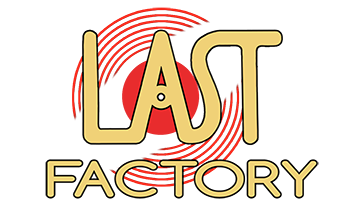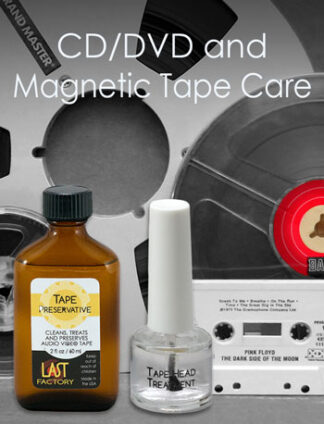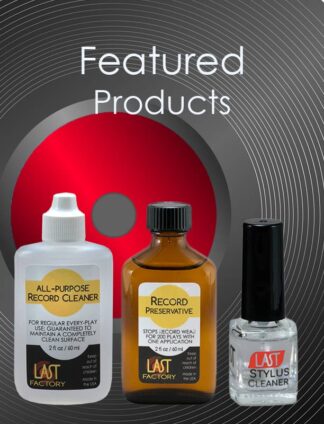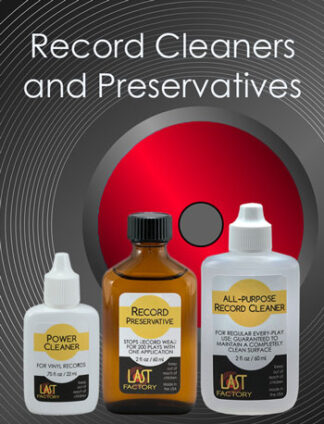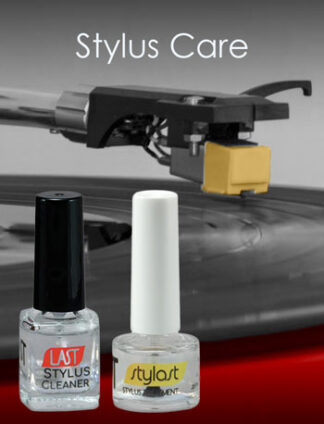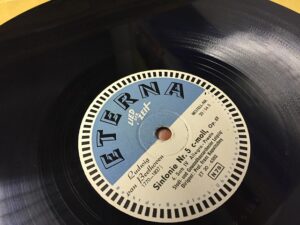I am a steady user of your products on my LP collection. Not long ago, I inherited a large collection of 78rpm shellac records. I recently purchased a gramophone and have begun playing them. They vary greatly in level of cleanliness. The sound of the clean ones is astonishingly good.
At this time, I am well stocked with LAST Power Cleaner. Can I use this safely on shellac 78rpm records? (Your web site does address the All Purpose Cleaner with 78s, but I found no reference to the Power Cleaner in this regard.) Thank you.
With kind regards, LW
Thank you for your query. We do not recommend the use of LAST Power Cleaner on 78 rpm shellac records.
I also have a collection of 78s and am always surprised and pleased with just how good the sound can be. As I pick up records of interest at swap meets and garage sales, I have a standard procedure that I use on every one 78 and LP. I flood the surface of a record with a weak soapy solution of a few drops of Ivory liquid dish washing soap in a bowl of luke warm water. Using a natural bristle paint brush (2 1/2 – 3 inches wide) often called a sash or chip brush, I move the brush over the surface of the record, moving in the direction of the groove (with the brush fibers pointing forward, in the direction of travel). On completion, I turn the record over and repeat the process on the other side.
Lifting the record up, I rinse both sides with mildly warm water, dry the label area, and place on a dish rack to drip dry. On ending the cleaning steps of the next record, the first on is almost completely dry. I carefully lift it and dry any remaining water spots with clean toweling, and place it into a sleeve.
The soapy solution, brushing operation, and careful rinse process have removed almost all of the dust, debris, and contaminants from the surface of the record. At this point, I do what I call “a polish clean” using our All Purpose Record Cleaner to get the surface as clean as possible. Our Record Cleaning Machine Fluid, and our Power Cleaner contain components that could be harmful to shellac records and should not be used.
Record material, stylus geometry, and stylus tracking forces are vastly different than those for LP records. Because of that, LAST Record Preservative does not have the same beneficial effect that it has on vinyl. I have found that applying STYLAST to an applicator and then placing it on the moving surface of a 78 record, can have a very useful effect on the surface noise that ca be experienced with some 78s. That treatment is decidedly less helpful on shellac records that suffer groove surface damage from being played with a worn stylus. A worn steel “needle” can act more like a chisel than a transcription device.
All of this is very wordy, but I hope may provide some useful information.
Best regards, Walter Davies
